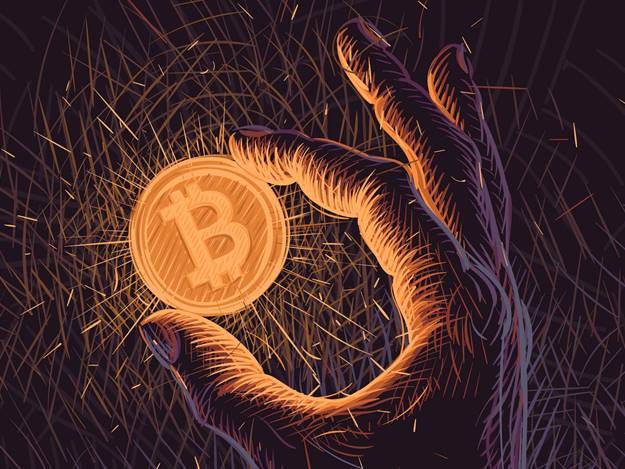Latest news about Bitcoin and all cryptocurrencies. Your daily crypto news habit.

As the global economy staggered, fell and got up again, an anonymous person, or group of people, named Satoshi Nakamoto came up with a surprising solution; a peer-to-peer electronic cash system, which became known as bitcoin. A small number of people saw its potential the minute they heard about it, but it has taken a much longer time to get the concept into the wider mainstream, and even now, there are as many doubters as believers, probably even more.
What some people have not grasped is that Satoshi created much more than a digital currency that could ‘protect’ the public from the greed of the big banking system that had brought much of the world to its knees — Satoshi solved a longstanding computing problem connected to data and networks, and that is just as important as whatever is happening to the bitcoin price.
Satoshi’s solution involved an infrastructure consisting of “blocks” of confirmed transactions, which when ordered chronologically formed a “chain.” And there we have it — the real Satoshi revolution — blockchain technology.
Bitcoin is just the first example of the use of blockchain, but it certainly hasn’t been the last. In the last two years, the number of blockchain-based projects, platforms and their accompanying digital assets, tokens or cryptocurrencies, call them what you will, have grown like daisies on a summer lawn. And the ecosystem is changing rapidly: one only has to look at what was happening in 2017 and compare it with 2018 to see that the blockchain world changes every month.
A change in crypto speak
As does the language used to describe it. The negative view of the mainstream media and the response of Facebook and Google to Initial Coin Offerings (ICOs) meant that marketers and writers started to avoid the use of the term “cryptocurrency,” and so “tokens”, “digital assets” and “digital currencies” became the preferred terms, so that the anti-crypto “police” wouldn’t spot what we were actually talking about. And now the term “blockchain” is apparently being dropped in favour of “distributed ledger technology” (DLT) because apparently blockchain has been over-hyped. It appears that some think that words have the power of a Cloak of Invisibility; only to find that there are more than a few people who can see right through it.
Project Crypto Fear
And even this language factor points to the importance of Satoshi’s revolutionary creation: things that are feared by the majority have to be presented in more palatable ways. The mainstream media has certainly pushed a Project Fear approach to crypto, and here is the reason: Satoshi’s blockchain takes away the power of a central authority. This is one of the reasons why the major financial institutions have been slow to get involved with it, and some governments have banned it, while others look at it with a raised eyebrow. But they can’t hold back the tide that is coming their way, which is why the World Economic Forum predicted even back in 2016 that 10% of global GDP would be stored on blockchains.
And in 2018 we have seen central banks, retail banks and financial regulators finally joining the blockchain sphere. They have to join the Satoshi revolution or face going the way of the dinosaurs.
Satoshi Nakamoto set in motion a world-changing technology, and bitcoin is only one small part of the story; it’s certainly not the entire revolution.
How Satoshi Changed World was originally published in Hacker Noon on Medium, where people are continuing the conversation by highlighting and responding to this story.
Disclaimer
The views and opinions expressed in this article are solely those of the authors and do not reflect the views of Bitcoin Insider. Every investment and trading move involves risk - this is especially true for cryptocurrencies given their volatility. We strongly advise our readers to conduct their own research when making a decision.